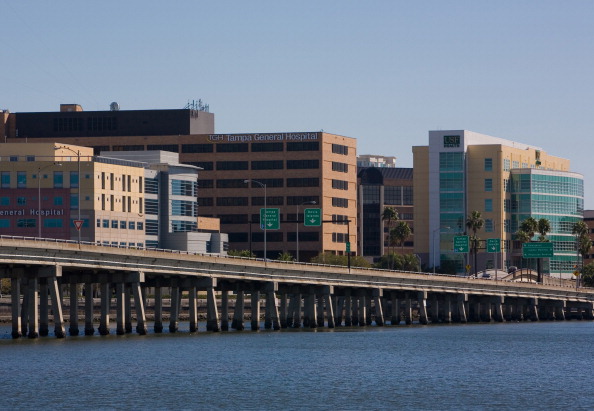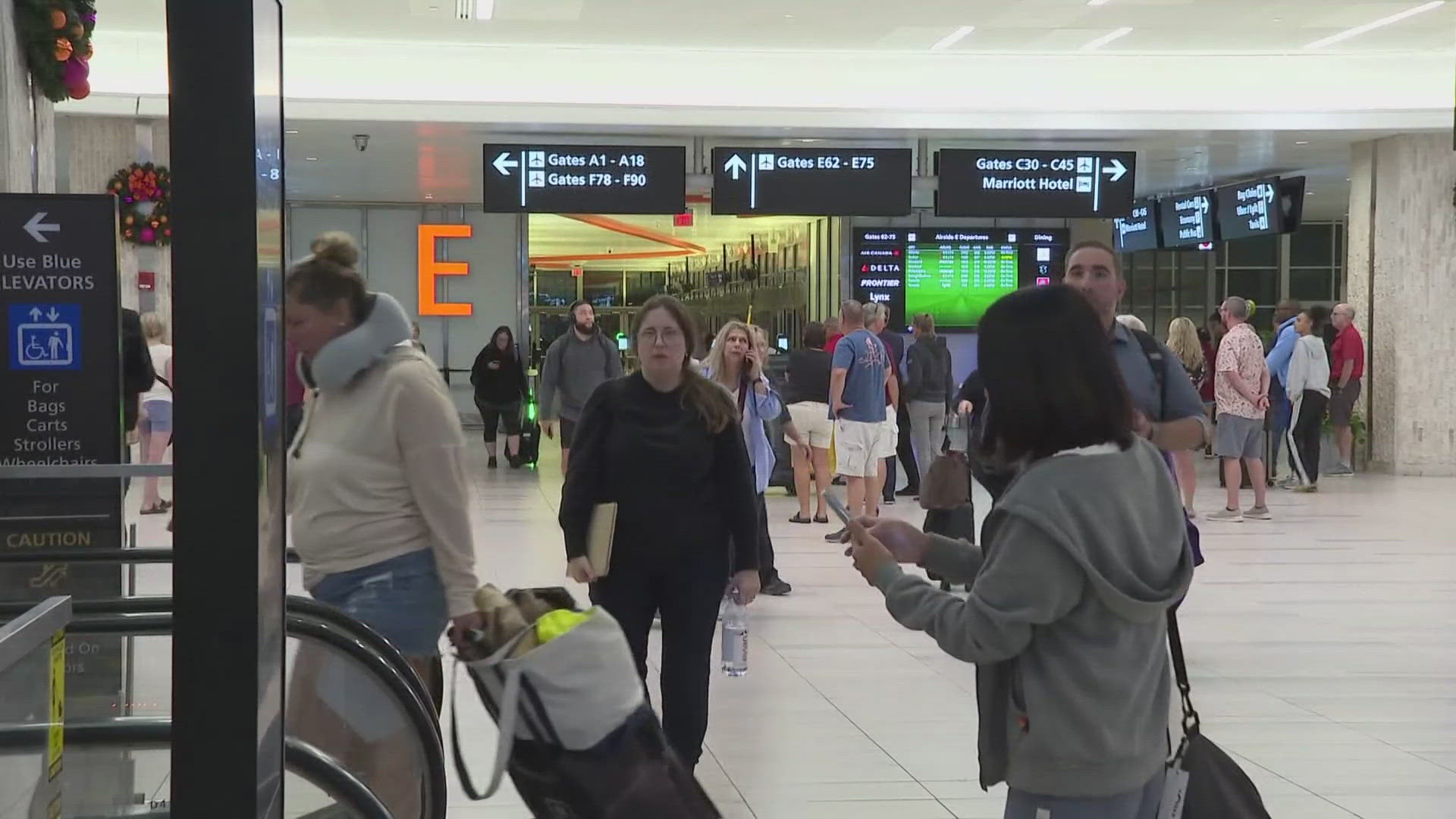TAMPA -- If we saw that kind of flooding here in Tampa Bay that they’re seeing in Texas, a lot of people would likely need medical attention.
Yet one of the biggest, busiest hospitals would almost undoubtedly be underwater.
Tampa General Hospital, the region’s Level One Trauma Center, is located on Davis Islands in downtown Tampa, which is projected to see a 15 foot storm surge in the event of a direct hit from a CAT3 storm.
Then what?
For answers, TGH's head of security and emergency management, Tony Venezia, gave us a behind the scenes look at what they've done in recent years to prepare.
Tampa General has a system of 6-inch steel flood doors, similar to those you would find on a submarine, lined with inflatable bladders. They’re part of water-tight system installed in recent years to protect the hospital’s critical care equipment from flood waters of up to 20 feet or more.
At ground level, TGH has massive submersible diesel tanks, but the fuel is strapped down so they don’t float away.
In the building above the tanks, a second story room is filled with a huge air condition system. And another full ten feet above all of that, generators powering all of it, are located on the third floor.
“We understand that 25 feet means were probably going to lose the first and second floor of the hospital,” said Venezia, “So, we relocate everything up above the second floor.”
The hospital also has enough food and water to sustain itself for 5 days.
“We know from our census that we've got to do about 10,000 meals a day. So it's pretty substantial amount of food we have on hand,” said Venezia.
In 1985, Hurricane Elena forced TGH to evacuate patients to a truck stop along Highway 301 in Tampa.
Today, there are just too many, too critically ill patients to risk that kind of move.
“We think we are better keeping our patients, here. We’ll take better care of them here,” said Venezia, “That's what we've spent all this money, all assets for.”
While TGH can do a lot to control its level of care, it cannot do a lot to control the level of the bridge that leads across to Davis Islands, which would likely go underwater.
As a result, they have had to prepare for possible contingency plans, to get back to being a level one trauma center.
That means during the peak of a storm or flood, trauma patients not already at TGH will have to go someplace else at least until the water subsides.
And if the bridges are gone or damaged?
“We're looking at transport by boat, by air, by any means we can after the fact if we do happen to lose the bridge,” said Erinn Skiba, TGH’s Emergency Preparedness Manager.
TGH’s Emergency Room entrance was also elevated about seven years ago, and five generator hookups are now in place to provide power even after the water recedes. They’ve learned lessons from hurricane Andrew. Superstorm Sandy. Katrinaa, and soon, Harvey.
Drills are held once a year. Meetings are held every two months to make improvements where they can.
The hospital, said Venezia, prepared to become an island unto itself - on an island – if it has to.
“When we started at 24 years ago, understanding that we had to protect the facility, and where we are today is head and shoulders above that. And we feel like our preparedness and mitigation for rising water and wind is extremely better than we've ever been,” said Venezia.


